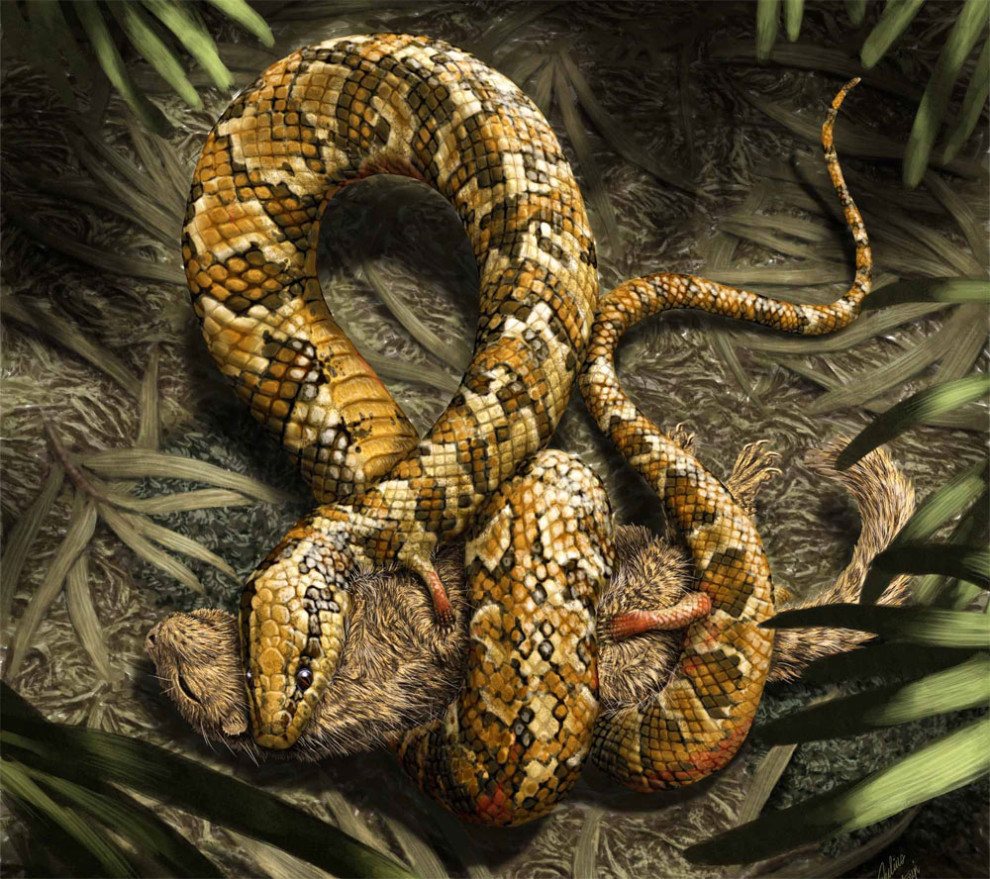Mega Altaria
☆~Shiny hunter▢~
But you're missing the point that the fact that all fossil Pokémon are Rock-type is influenced by the fact that most fossil specimens in real life are embedded into rock. That is then why almost all of the fossils in the Pokémon games are rock-based, with the exception of the Old Amber, which a very obvious link can be seen between the Rock typings of fossil Pokémon and the rock-based fossils in the Pokémon games.Pokémon is a world with its own internal logic. Every choice made out-of-universe has an in-universe consequence. We're talking about those in-universe consequences here, not the out-of-universe decisions.

